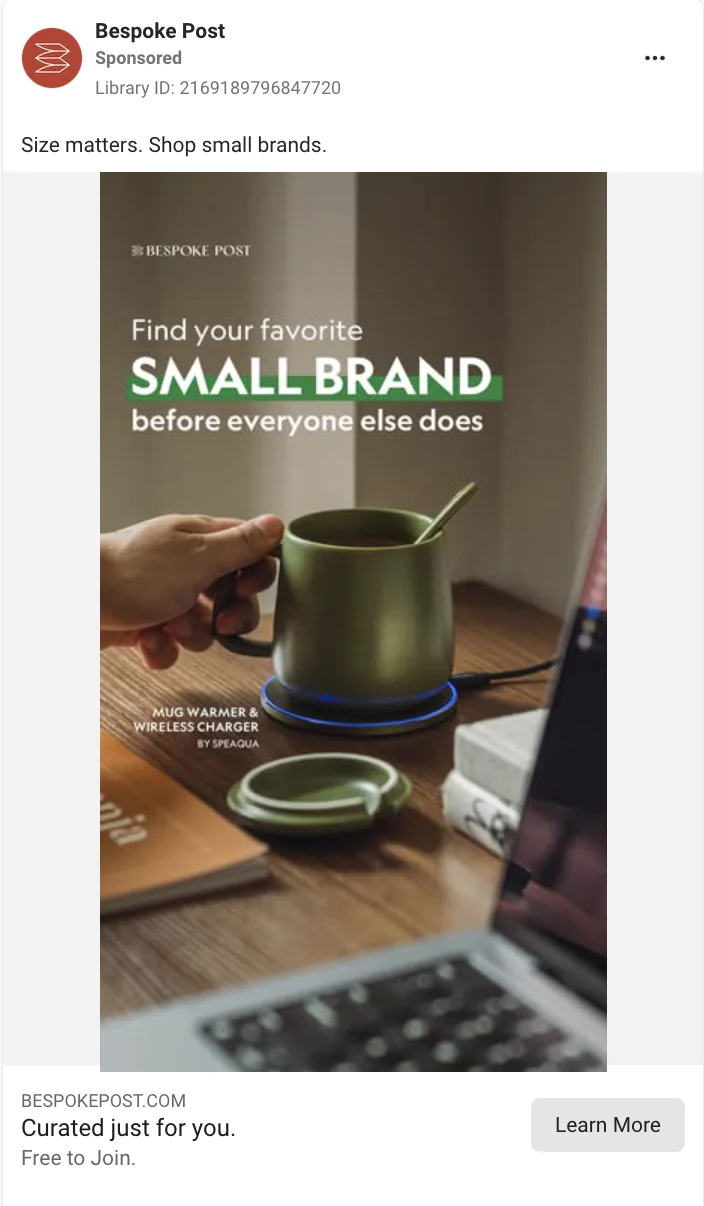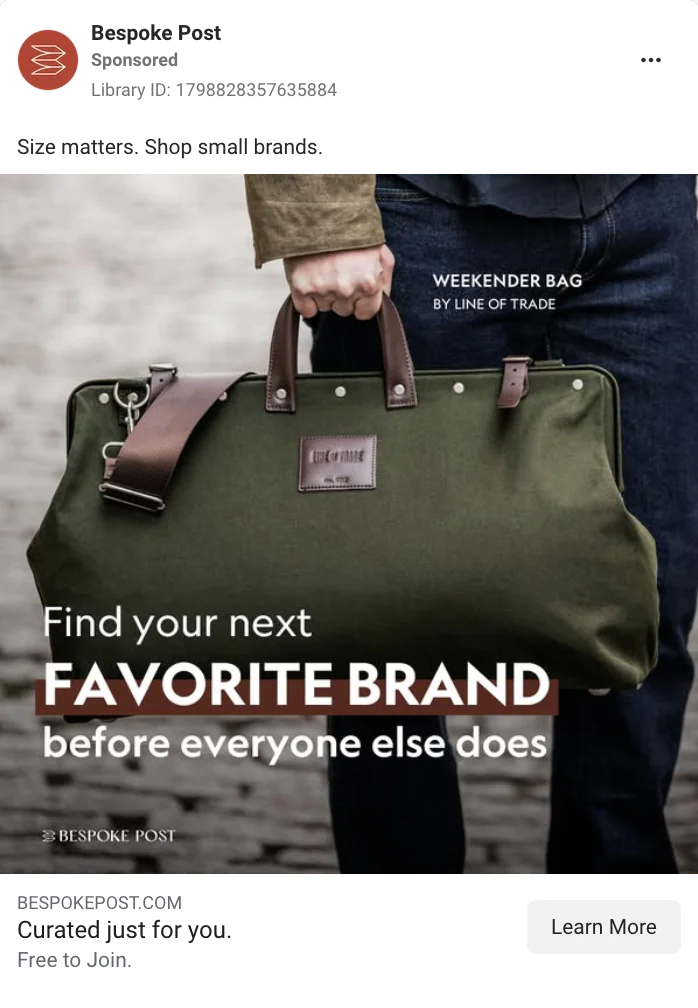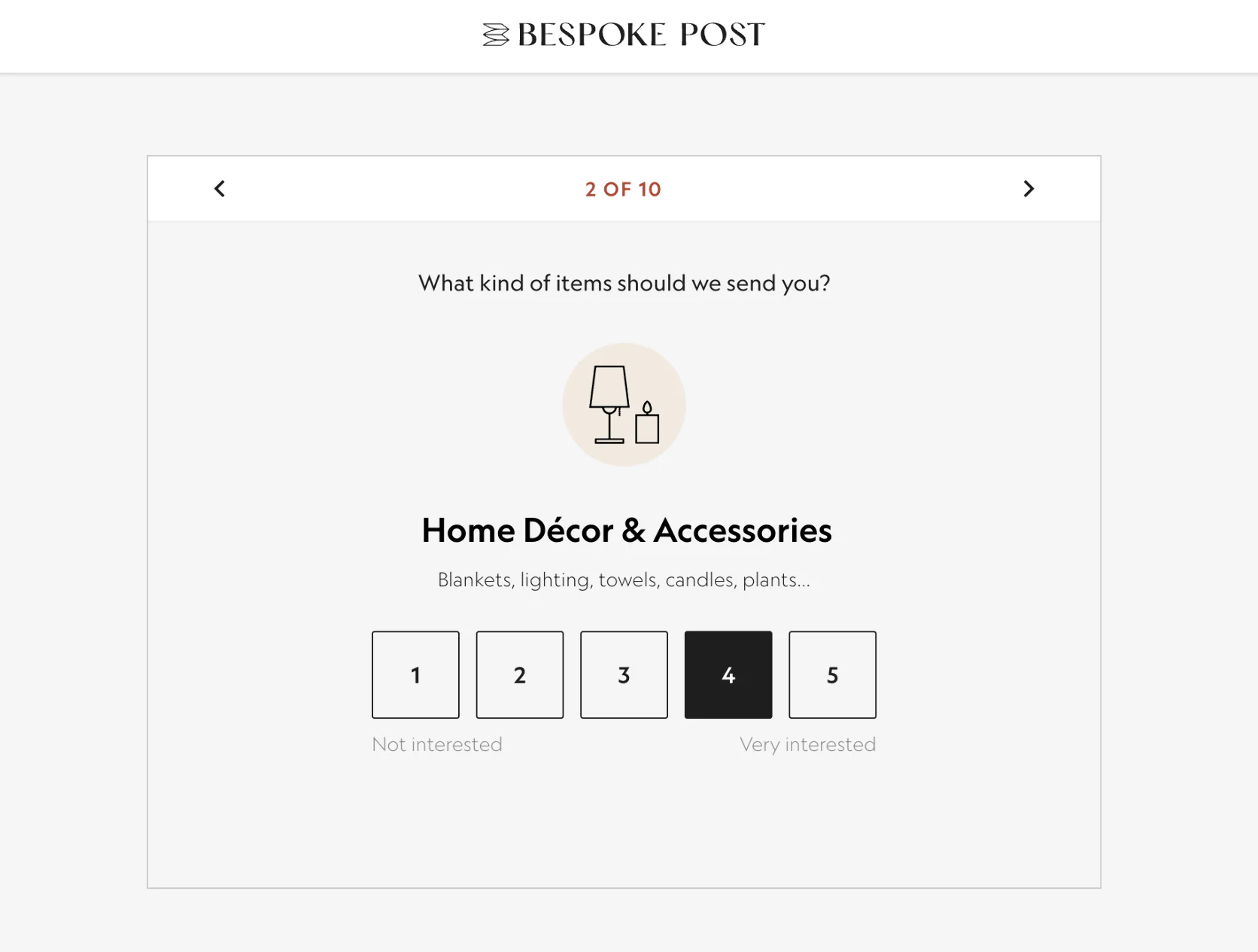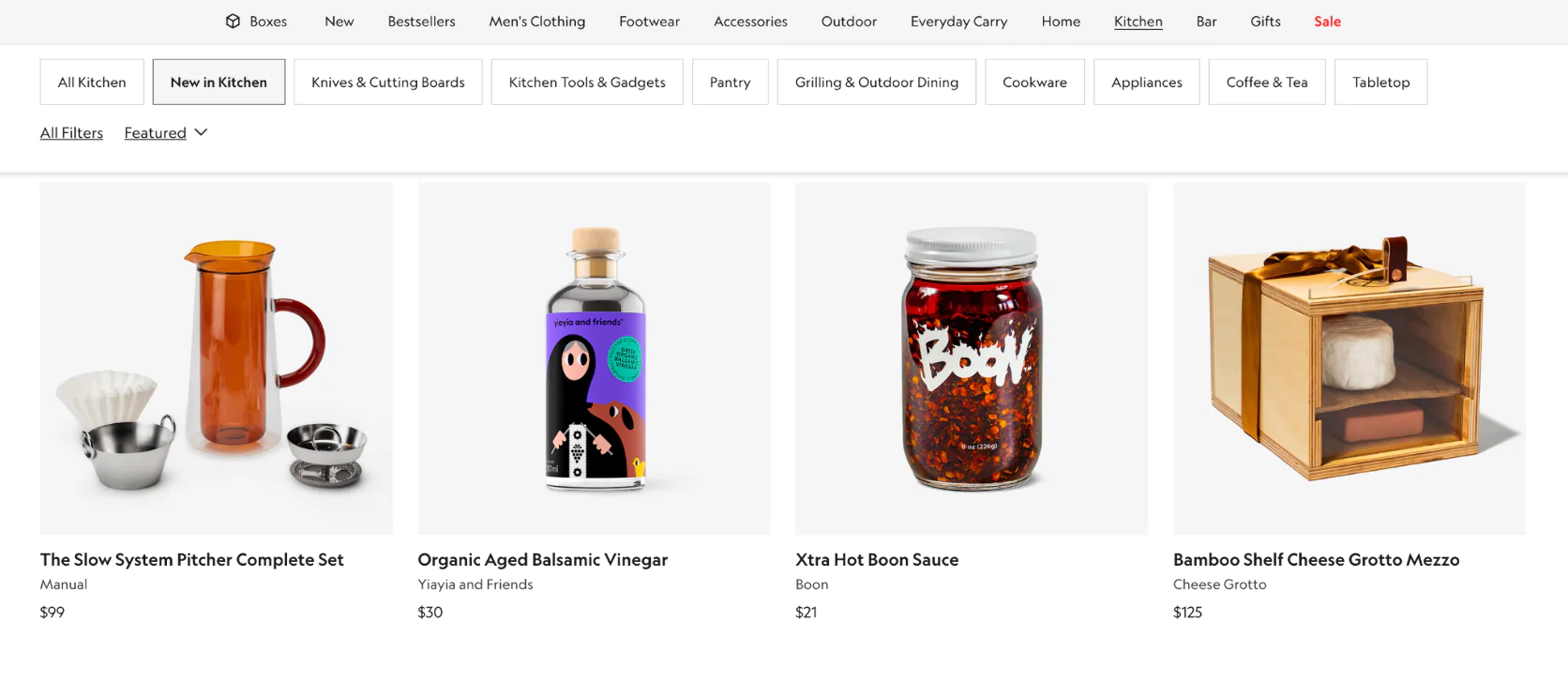Learn 5 proven subscription strategies retailers can implement to boost customer lifetime value (LTV), including personalization tactics, preference data collection, and product mix optimization.
April 9, 2025
Five Subscription Hacks Retailers Can Use to Skyrocket Customer Lifetime Value (LTV)
Subscription brands excel at keeping customers engaged month after month, driving up lifetime value (LTV). Traditional retailers can apply the same tactics to turn one-time shoppers into long-term loyalists.
In this post, we’ll share insights from Axel Folz, VP of Growth, Bespoke Post—a subscription box service curating monthly lifestyle products—and break down five practical strategies you can start using to boost LTV in your own retail business:
Let’s take a closer look at how each of these can work in your retail business.
1. Design the Customer Journey From the Very First Click
You don’t need mountains of data to start personalizing. From the moment a customer arrives on your site, tailor their experience—starting with the traffic source or ad that brought them here. Bespoke Post does this exceptionally well:
When a customer clicks on our Meta or TikTok ad and lands on the website, they immediately see the same product featured in the ad and it continues to appear in recommendations throughout their browsing journey. If they clicked on an ad with a fire pit, that’s what’s front and center—no digging required. It keeps people on the page.


Bespoke Post’s ads show specific products, and their website highlights the product featured in the ad
By reflecting the ad’s content on the landing page, Bespoke Post instantly creates a premium, seamless experience from the first click.
Retail Takeaway: Begin with segmenting by traffic source. If a customer clicks a brand ad for a specific product, that same product should be prominently featured on your homepage and throughout their journey. This simpe alignment can significantly boost conversions and first-time purchase rates.
2. Ask customers about their preferences
Bespoke Post handles a wide-ranging inventory, so personalization is critical. As a part of onboarding, new members take a quick quiz to share their interests—like cooking, the outdoors, or fashion. Their answers help determine the first products they receive first, long before behavioural data kicks in.

Bespoke Post's personalization quiz for new subscribers
This simple step helps to tailor each customer's first box, even when there is very little prior data to work with.
Retail Takeaway: Offer an optional quiz or survey during onboarding. Ask customers about their interests, style preferences, and shopping priorities. Even basic insights can help you show more relevant products from the start—making the experience feel personal.
3. Merchandise based on segments
Bespoke Post studies how different cohorts shop—and uses those insights to fine-tune its merchandising strategy:
We constantly analyze purchase patterns and feedback by cohort. What do early subscribers prefer compared to those who joined a year ago?
We run A/B tests on first-box content to see what drives higher LTV, then work with our merchandising team to adjust what we feature for each group. Older cohorts tend to have completely different preferences than newer ones, and we tailor the experience accordingly.
By analyzing customer segments, Bespoke Post learns which product categories resonate over time and which ones lead to higher retention.
Retail Takeaway: Develop cohort-specific merchandising strategies. Group customers by behaviors or timelines and adapt your product displays or messaging accordingly. Newer customers might better respond to fresh arrivals, while long time buyers may value exclusives or rewards.
4. Analyze returns and rejections
Most retailers focus on what customers buy—but Bespoke Post finds just as much value in what customers don’t want:
Our membership program isn’t just 'buy or cancel'—customers can keep the suggested box, swap it for something else, or pause. This swap data is gold for us. It tells us which boxes actually drive retention for someone in month six vs. month eight.
Tracking which products are declined—and why—gives a clear roadmap for improving future offerings and increasing loyalty.
Retail Takeaway: Don’t just track purchases—track rejections and returns, too. Monitor return reasons, swap patterns, and common feedback. If a product has a high return rate for the same reason, you've uncovered a clear opportunity to improve either your recommendations or the product itself.
5. Adapt your product matrix to customer behavior
Retention isn’t just about clever messaging—it depends on having the right products at the right times, especially for returning customers. Bespoke Post understands that novelty can wear off after a while.
Our products are exciting and fun, but after about 10 months, the novelty starts to wear off. You can only have so many cast iron skillets in your cabinet or axes for your backyard.
So we’re now including more consumable products for longer-term subscribers—things like hot sauces—items that encourage them to renew and come back to shop with us again and again.

Bespoke Post's Kitchen collection displaying both durable goods (like the $99 pitcher set) and consumables (like hot sauce, vinegar) to fight subscriber fatigue
By mixing long-lasting items with replenishable ones, Bespoke Post keeps the product experience fresh—and encourages ongoing purchases.
Retail Takeaway: Pair consumables with durable goods. If you sell coffee makers, offer a bean subscription or easy refill options. For fashion brands, consider subscriptions for basics like socks or seasonal accessories. Regularly refresh your assortment so loyal customers always have something new to look forward to.
Conclusion
Subscription businesses have mastered the art of long-term customer retention—and traditional retailers can learn from their playbook. By taking a more personalized, data-informed, and segment-aware approach, you can turn one-time buyers into long-term, high-value customers.
Retention isn’t just about marketing tactics—it’s a full business strategy, from products you offer to the way you communicate. Adopt even a few of these subscription-inspired strategies, and you’ll be on your way to creating a customer base that doesn’t just convert once—but keeps coming back.
Looking to dramatically improve your customer retention and lifetime value metrics? Discover how Maestra can help you implement these subscription strategies with ease. Book a demo today to see how our data-driven approach can transform one-time buyers into loyal, high-value customers

